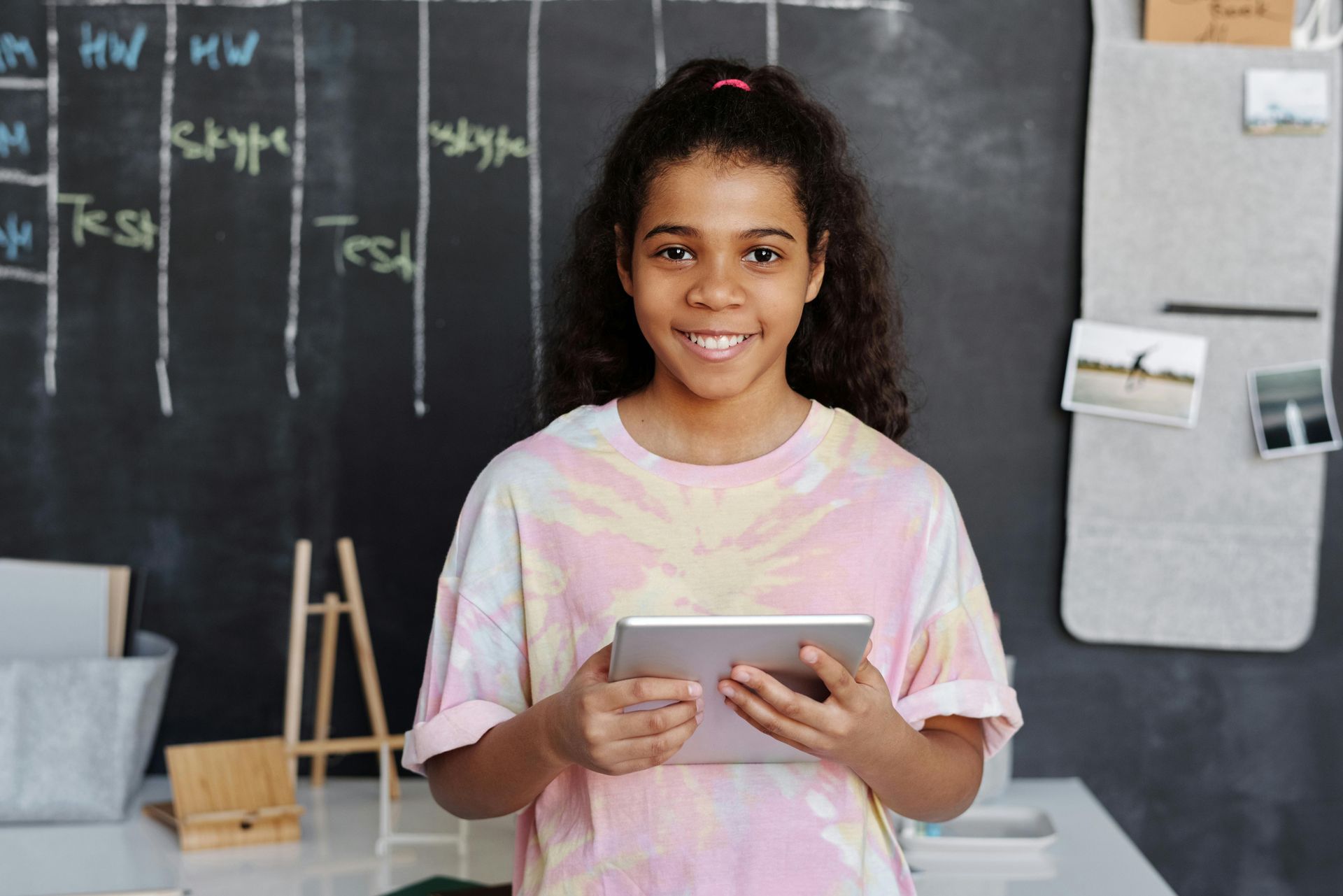Why Therapy Can Help Children and Teens Overcome School Behavioral Challenges
Supporting growth, resilience, and connection for a smoother school journey

As the school year begins, many parents find themselves concerned about their child’s behavior in the classroom. Maybe there have been calls from teachers about disruptions, struggles with following instructions, or difficulty getting along with peers. While these moments can be challenging for both children and parents, they are often signs that a child may be navigating big emotions, unmet needs, or underlying stressors.
Therapy can be a valuable support for children and adolescents with behavioral challenges, helping them develop skills to succeed both academically and socially. Rather than focusing only on “fixing” the behavior, therapy works to uncover the why behind it, creating a path toward lasting change.
Benefits of Therapy for Children and Adolescents with Behavioral Challenges
1. Emotional Regulation Skills
Therapy provides a safe space for children to explore their emotions and learn strategies for managing frustration, anxiety, or impulsivity. For example, a therapist might use play-based activities to help a child recognize physical signs of anger and choose calming techniques like deep breathing or movement breaks.
2. Improved Social Skills
Behavioral challenges often stem from difficulties in communication or relationship-building. Through role-play, group activities, or social stories, therapy can strengthen a child’s ability to listen, share, take turns, and resolve conflicts—skills that build stronger peer connections.
3. Strengthened Problem-Solving Abilities
Therapists guide children in thinking through challenges before reacting, encouraging them to pause, evaluate options, and choose positive actions. Over time, this helps reduce impulsive behaviors and supports better classroom engagement.
4. Increased Self-Esteem and Confidence
When children learn that they can manage their emotions and make positive choices, their confidence grows. This boost in self-esteem often leads to better participation in school and a more positive self-image.
5. Support for Parents and Teachers
Therapy doesn’t just help the child—it also supports the adults in their life. Parents and educators can receive guidance on consistent responses, strategies to reinforce positive behaviors, and tools to create a supportive learning environment.
A Path Toward a Successful School Year
Every child deserves the chance to feel confident, capable, and connected at school. Therapy is not about labeling or judging—it’s about equipping children with the tools they need to succeed while fostering understanding and compassion from the adults around them.
As both a therapist and reflective supervisor, I’ve seen how addressing behavioral challenges through therapy transforms not just a child’s school experience, but their entire sense of self. When we invest in understanding, connection, and skill-building, we give children the roots and wings they need to thrive.
— Charisse Dawkins, LCSW




